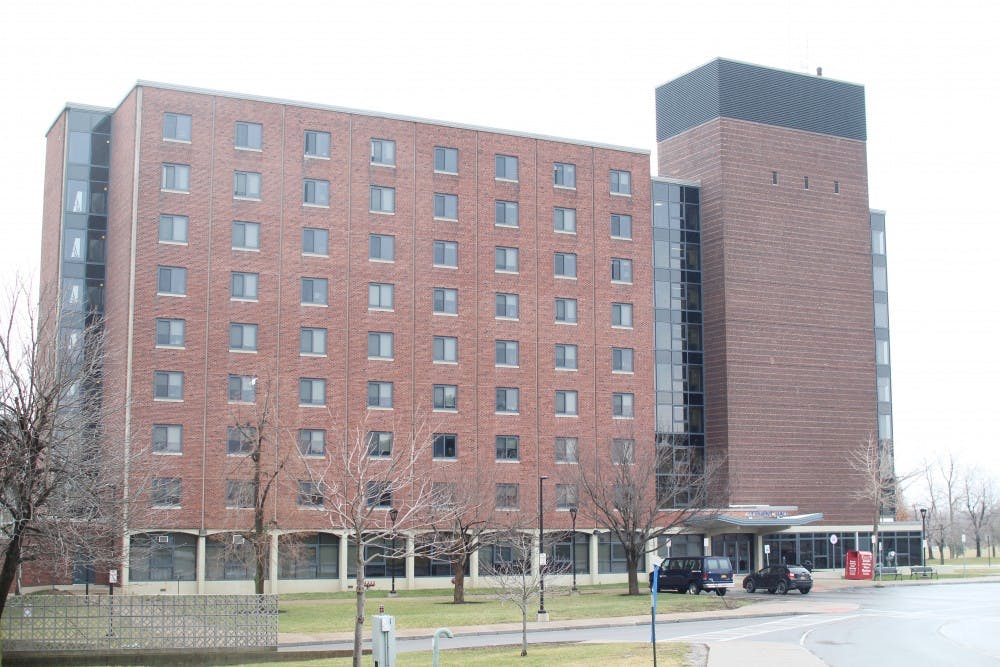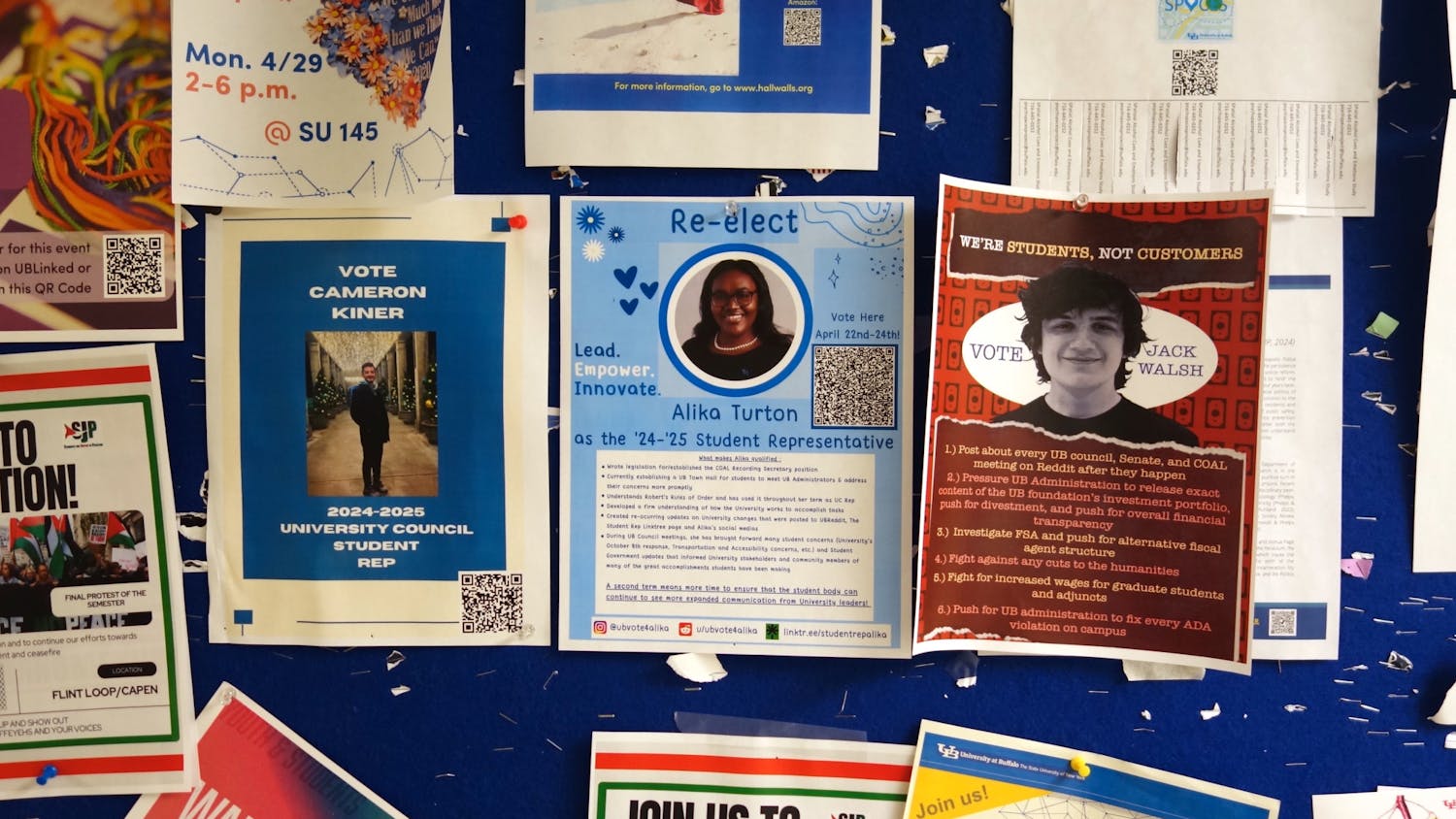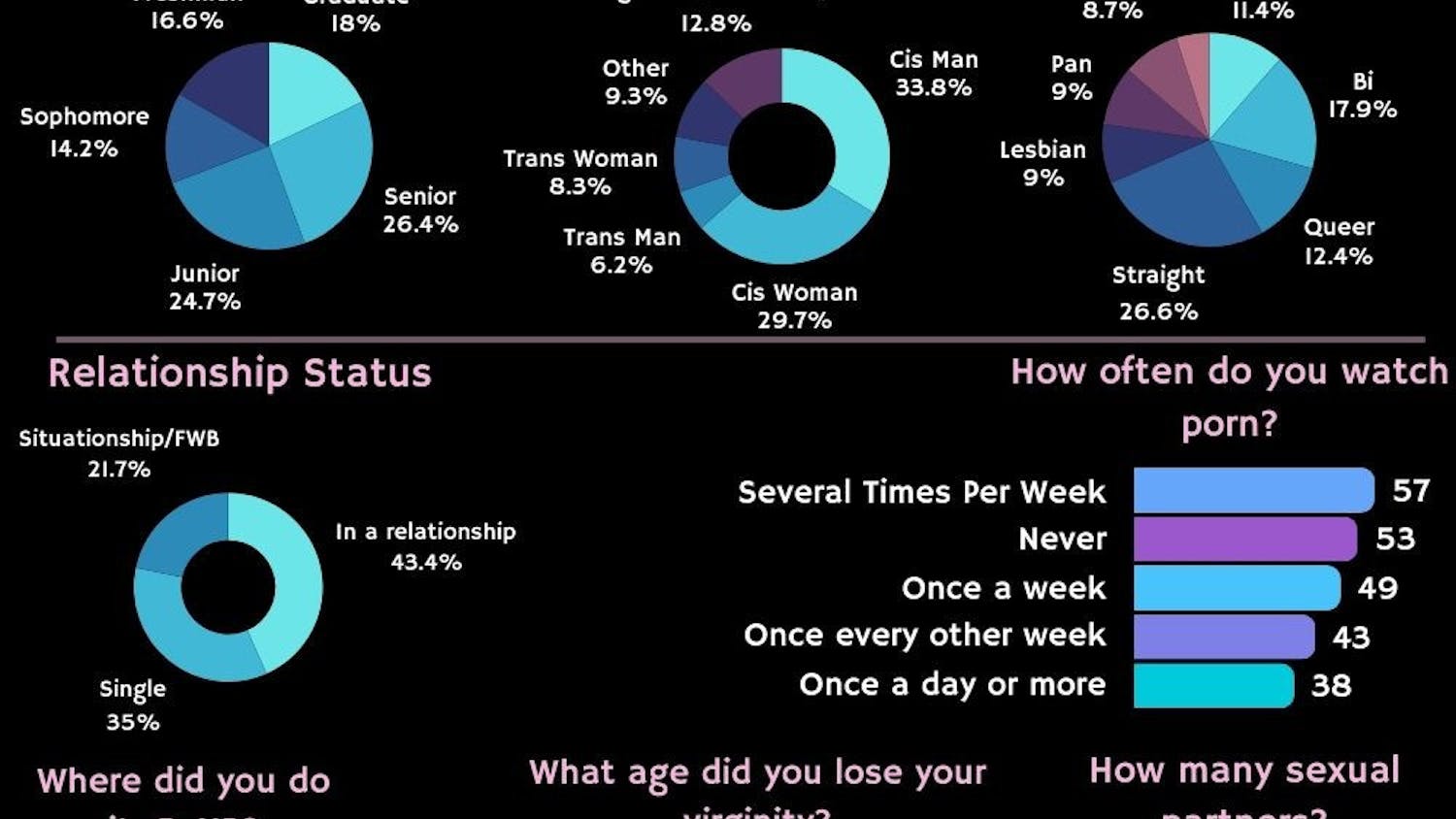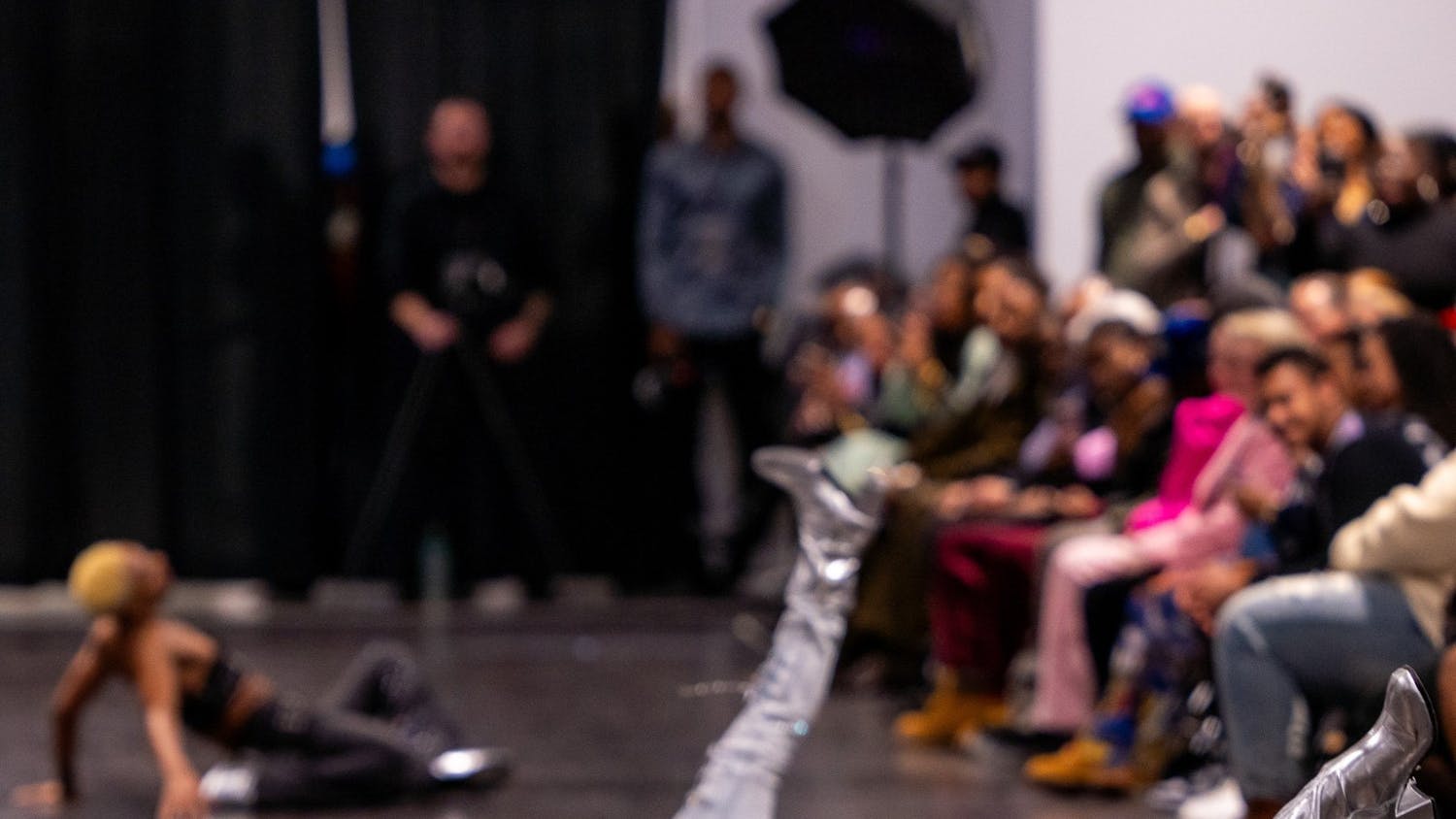For UB students, living on the less-inhabited South Campus has its pros and cons.
The university’s original campus, now smaller and less inhabited than its North Campus counterpart, is home to approximately 1,000 students – not counting the large group of students living in the neighborhood right off the campus, the University Heights.
While South Campus, located within City of Buffalo limits, provides students with more shops, restaurants and nightlife within walking distance, a better “student-to-bathroom ratio” and an overall more intimate dorm experience than the larger North Campus, it also has its hassles, like a bus commute to class, less on-campus food options and high crime rates.
Michael Koziej, senior associate director for Campus Living and a UB graduate who lived on both North and South Campus during his time as a student, said every student is going to find his or her own pros and cons to living on a certain campus. He said there are many similar services on each UB campus, including study centers, renovations and dining centers.
The area surrounding South is more crime-ridden than North Campus, which is located in Amherst. In 2012, there were more than 500 major reported crimes in the Heights, including homicides, assaults, rapes, larcenies, robberies, burglaries and vehicle thefts, compared to just 238 crimes in Amherst during the same year.
While Dan Ryan, director of UB Off-Campus Student Services, said safety is a concern in the Heights with issues like black mold in homes and an even higher rate of burglaries this year than years past, he also says students who dorm on the campus get “the best of both worlds.”
“They get safe quality housing and they get access to a movie theater and restaurants and easy access downtown,” Ryan said.
Some students feel the bussing system between North and South Campuses is the biggest downside to living on South.
The vast majority of classes are held on North Campus. Only the School of Public Health, School of Pharmacy and School of Dental Medicine are located on South, as the medical school will officially move downtown in 2017.
President Satish Tripathi has proposed moving the School of Social Work and the Graduate School of Education to South.
This means students living on South without a car must rely on the Stampede bus to get them between North and South Campus – about a five-mile trip.
Joey Frederic, a freshman computer engineering major, said he has to wake up at least two to three hours early to get to North Campus on time for class. He said people he knows who live on North Campus can wake up an hour before class.
Kathryn Doherty also said the busses are the most difficult part about living on South.
Doherty, a freshman biochemistry major, said the bus schedule isn’t always accurate, especially if it’s raining or snowing. Sometimes the busses are full when they arrive, which means she has to wait another 10 minutes for the next bus.
Yet even with the commute, both Doherty and Frederic said at times they like that they live away from where classes are held.
“I like to have a separation between work and home, so any work and classes I have I go to North Campus,” Doherty said. “This way there is a division between work and relaxation.”
Doherty said the food options for students on South Campus are another disadvantage to living there. She said there seems to be less options and the quality isn’t as good as places offered on North Campus.
“Anything we do have [for food places] closes really early or isn’t open every day, so it’s difficult sometimes to find food on South Camps,” Doherty said. “I think people are definitely limited to what our dining hall has to offer, especially people with food allergies or someone who is vegetarian or vegan.”
South Campus’s main dining center is located in Goodyear Hall, and the campus offers several other cafes.
The campus also offers more off-campus food options with in walking distance off campus than North Campus.
South Campus is located on Main Street, which is home to several restaurants and bars, as well as a grocery store and shops, including a comic book store. Doherty said “basically anything you could think of is across the street.” The metro rail leading to downtown Buffalo is also located right on campus.
“You get to experience what that cultural life is like with only a few steps down the road, and you don’t get that with North Campus,” Koziej said.
Students feel living on South Campus also provides better nightlife options. Main Street is home to two popular college bars, The Steer and Surrender, and most student parties are located in houses in the Heights neighborhood, which has caused issues with residents.
When Mahmood Shilleh, a freshman mechanical engineering major, learned he was assigned to dorm on South Campus, he said he was initially disappointed. But he said after his first week on South he found advantages to living there, like being able to walk over to Clark Hall, South Campus’ gym, to play basketball with his friends.
The smaller community on South gives Frederic more opportunities to meet people from different age groups and cultures, he said. While North Campus is larger, he thinks it would be harder to establish connections with people living there. Approximately 6,600 students live on North Campus.
South Campus has two dorms – Goodyear Hall and Clement Hall. North Campus has two dorm complexes, Ellicott and Governors, which hold a total of 11 dorms. North Campus also has three on-campus apartment complexes and two apartment complexes for graduate students located on the edge of and directly off campus.
Koziej said one advantage students have living on South Campus is “the student-to-bathroom ratio.” He said there are four people to one bathroom in South Campus halls, whereas the ratio is 12 people to one bathroom in the Ellicott Complex.
He also said students who live in a quad on South have one roommate, which he compared to Greiner Hall on North Campus.
Koziej said that most students think they have to live where their classes are, but he feels otherwise. Because of the layout of the buildings, Koziej said it’s very easy to make friends on South and said based on statistics, student satisfaction is greater on South Campus.
“I truly believe the South community is unmatched,” Koziej said.
Hannah Stein is the assistant news editor and can be reached at news@ubspectrum.com.





